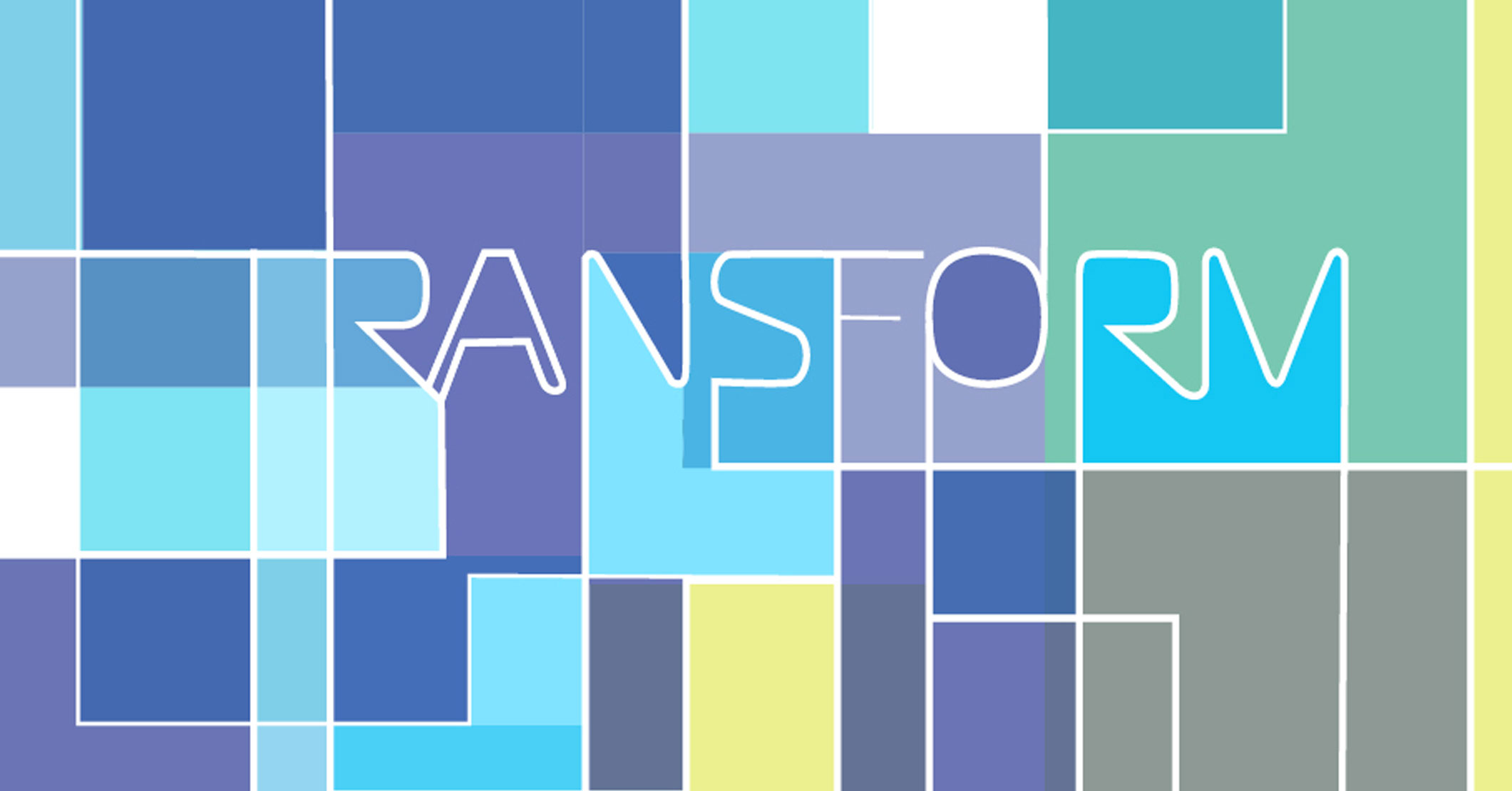Using Public Private Partnerships to Accelerate Student Success
DOI:
https://doi.org/10.18060/22324Keywords:
workforce, curriculum, publi/private partnershipsAbstract
Metropolitan State University of Denver (MSU Denver) has used various ways to craft curriculum that directly meets employers’ and students’ needs in key economic drivers in the State of Colorado. Moving beyond the standard industry advisory councils used in many, especially professional programs, the institution has consulted with industry leaders prior to building facilities and developing curriculum to ensure industry needs are met. As MSU Denver faculty collaborated with their industry partners, they worked to embed both content and skills throughout the curriculum to ensure alumni were prepared for this 21st Century workplace. Additionally, MSU Denver has honored past experience and on the job training of employers and employees in a way that many four-year institutions have resisted.
References
Asiala, M., Brown, A., DeVries, D.J., Dubinsky, E., Mathews, D., & Thomas, I. (1994). A framework for research and curriculum development in undergraduate mathematics education. Retrieved from http://citeseerx.ist.psu.edu/viewdoc/download?doi=10.1.1.47.8763&rep=rep1&type=pdf.
Association of American Colleges & Universities. (2017). High-impact educational practices. Retrieved from https://www.aacu.org/sites/defautl/files/files/LEAP/HIP_tables.pdf.
Association of American Colleges & Universities. (2017). College learning for the new global century. A report from the National Leadership Council for Liberal Education & America’s Promise. Retrieved from https://www.aacu.org/sites/default/files/files/LEAP/GlobalCentury_final.pdf.
Bajada, C., & Trayler, R. (2013). Interdisciplinary business education: Curriculum through collaboration. Education + Training, 55(4/5), 385–402. https://doi.org/10.1108/ET-07-2014-0079
Bernstein, D.I. (2016). “Public-Private Partnerships: It’s the Right Time.” Business Officer Magazine. Retrieved from http://www.nacubo.org/Business_Officer_Magazine/Business_Officer_Plus/Bonus_Material/Public-Private_Partnerships_It%E2%80%99s_the_Right_Time.html.
Boehrer, J. (1990-91). Spectators and gladiators: Reconnecting the students with the problem. Teaching excellence – Toward the best in the academy, 2(7), 1–2.
Bridging the gap between higher education and the workplace: A profile of college graduates in Colorado. (2015). Washington, DC: Gallup.
Busteed, B. (2015). Gallup-Purdue index: Great jobs and great lives. Washington, DC: Gallup.
Chickering, A.W., & Gamson, Z.F. (1991). Seven principles for good practice in undergraduate education. New Directions for Teaching and Learning, 1991(47), 63–64. http://dx.doi.org/10.1002/tl.37219914708
Colorado Workforce Development Council (20216). The Colorado Talent Pipeline Report. Denver, CO: State of Colorado. Retrieved from https://www.colorado.gov/pacific/sites/default/files/17-0109_2016_CO_Talent_Pipeline_Report_1.pdf.
Dewey, J. (1933). How we think. Lexington, MA: Heath.
Doyle, T. (2008). Helping students learn in a learner centered environment: A guide to teaching in higher education. Sterling, VA: Stylus.
Eisenbach, R., Golich, V., & Curry, R.R. (1998). Classroom assessment across the disciplines. New Directions for Teaching and Learning, 1998(75), 59–66. https://doi.org/10.1002/tl.7506
Ewell, P.T., & Jones, D.P. (1991). Actions matter: The case for indirect measures in assessing higher education’s progress on the national education goals. Journal of General Education, 42(2), 123–148.
Fabry, V., Eisenbach, R., Curry, R.R., & Golich, V.L. (1997). Thank you for asking: Classroom assessment techniques and students’ perceptions of learning. Journal on Excellence in College Teaching, 8(1), 3–21.
Harris, D., & Bell, C. (1990). Evaluating and assessing for learning (Rev. ed.). New York, NY: Kogan Page.
Jankowski, N.A. (2016). Unpacking relationships: Instruction and student outcomes. Washington, DC: American Council on Education.
Jankowski, N.A., Ikenberry, S.O., & Kuh, G.D. (2009). Using evidence of student learning to improve higher education. New York, NY: John Wiley
King, A. (1993). From Sage on the Stage to Guide on the Side. College Teaching, 41(1), 30–35. Retrieved from http://0-www.jstor.org.skyline.ucdenver.edu/stable/27558571. https://doi.org/10.1080/87567555.1993.9926781
Kuh, G.D. (2008) High-impact educational practices: What they are, who has access to them, and why they matter. Washington, DC: Association of American Colleges and Universities.
McDermott, L.C., & Shaffer, P.S. (1992). Research as a guide for curriculum development: An example from introductory electricity. Part I: Investigation of student understanding. American Journal of Physics, 60(11), 994–1003. https://doi.org/10.1119/1.17003
McKeachie, W.J., Pintrich, P.r., Lin, Y.G., & Smith, D. (1986). Teaching and learning in the college classroom: A review of the research literature. Ann Arbor, MI: National Center for Research to Improve Postsecondary Teaching and Learning.
Meyers, N.M., & Nulty, D.D. (2009). How to use (five) curriculum design principles to align authentic learning environments, assessment, students’ approaches to thinking and learning outcomes. Assessment & Evaluation in Higher Education, 34(5), 565–577. https://doi.org/10.1080/02602930802226502
Mezirow, J. (1991). Transformative Dimensions of Adult Learning. San Francisco , CA: Jossey-Bass.
MSU Denver Graduate Program Approval Process (2017). Denver, CO: Metropolitan State University of Denver. Retrieved from https://www.msudenver.edu/media/content/graduatecouncil/gradapprovalprocess%202%203%2017.pdf.
Newman, L.E., Carpenter, S., Grawe, N., & Jaret-McKinstry, S. (2014). Creating a culture conducive to integrative learning. Peer Review, 16(4), 14–15.
Pascarella, F.T., & Terenzini, P.T. How college affects students: Findings and insight from twenty years of research. San Francisco, CA: Jossey-Bass.
Rogers, C.R. (1969). Freedom to Learn. Columbus, OH: Merrill.
Stice, J.E. (1987). Using Kolb’s learning cycle to improve student learning. Engineering Education, 77(5), 291-–.
Umbach, P.D. & Wawrzynski, M.R. (2005). Faculty do matter: The role of college faculty in student learning and engagement Research in Higher Education, 46(153), 153–183. https://doi.org/10.1007/s11162-004-1598-1
What is the “T”? (2014). East Lansing, MI. Retrieved from http://tsummit.org/t.
Wiggins, G., & McTighe, J. (2005). Understanding by design. Alexandria, VA: Association for Supervision and Curriculum Development. Retrieved from http://www.myilibrary.com?ID=93304.
Zakrajsek, T., & Doyle, T. (2012). Follow the Research. In Learner-Centered Teaching (pp. 7–20). Sterling, VA: Stylus.



